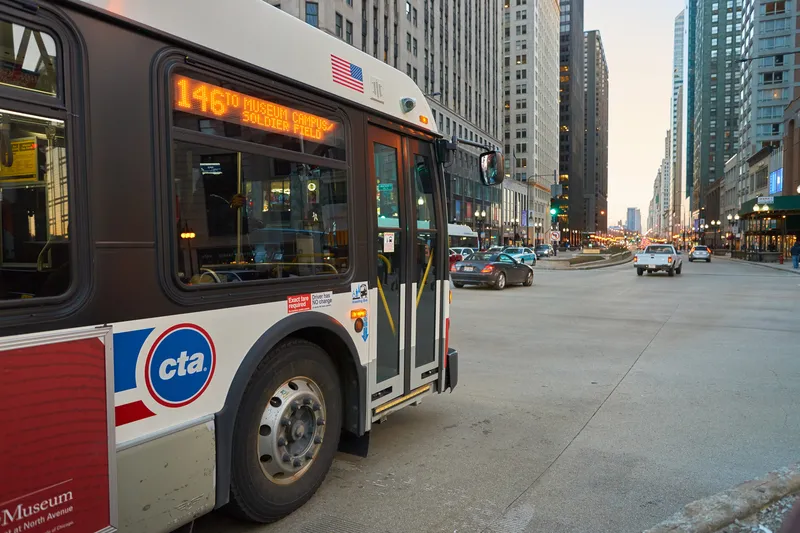A recent cross-border study by PTV and transport consultant ProgTrans in the tri-national Eurodistrict Basel (TEB), which has borders with Germany and France, examined ways in which public transport could be strengthened in the region and the need to make the most of mobility options.
September 18, 2013
Read time: 2 mins
A recent cross-border study by 3264 PTV and transport consultant 7501 ProgTrans in the tri-national Eurodistrict Basel (TEB), which has borders with Germany and France, examined ways in which public transport could be strengthened in the region and the need to make the most of mobility options.
Transport experts explored and evaluated a set of measures aimed at providing an alternative to the car and improving the availability and range of public transport options, including connections. New cross-border tram connections and the implementation of parking options for cars and bicycles at suburban railway stations in the region were also included.
In order to give an overview of the cross-border mobility options, traffic counts and surveys were carried out for cross-border traffic. Mobility behaviour relating to households, source and destination traffic for individual motorised traffic and public transport, as well as the use of park and ride (P+R) and bike and ride systems (B+R) was obtained, showing that there are more than 150,000 border crossings per day to Switzerland alone.
"One of the greatest hurdles for the new public transport concept can be identified as the construction of the core components and the implementation of the regional suburban railway network", clarifies project engineer Dr Birgit Dugge.
To verify the effectiveness of measures, an existing transportation forecasting demand model was integrated into a PTV Visum model with updated availability data and information relating to the enquiry to produce a forecast of the effect of the various measures on local transport.
A list of measures was derived from the results, which were likely to have a positive effect on the demand for cross-border public transport. In addition to the predictions, an estimate was carried out regarding future demand for P+R as well as B+R spaces in stations in France and Germany.
Transport experts explored and evaluated a set of measures aimed at providing an alternative to the car and improving the availability and range of public transport options, including connections. New cross-border tram connections and the implementation of parking options for cars and bicycles at suburban railway stations in the region were also included.
In order to give an overview of the cross-border mobility options, traffic counts and surveys were carried out for cross-border traffic. Mobility behaviour relating to households, source and destination traffic for individual motorised traffic and public transport, as well as the use of park and ride (P+R) and bike and ride systems (B+R) was obtained, showing that there are more than 150,000 border crossings per day to Switzerland alone.
"One of the greatest hurdles for the new public transport concept can be identified as the construction of the core components and the implementation of the regional suburban railway network", clarifies project engineer Dr Birgit Dugge.
To verify the effectiveness of measures, an existing transportation forecasting demand model was integrated into a PTV Visum model with updated availability data and information relating to the enquiry to produce a forecast of the effect of the various measures on local transport.
A list of measures was derived from the results, which were likely to have a positive effect on the demand for cross-border public transport. In addition to the predictions, an estimate was carried out regarding future demand for P+R as well as B+R spaces in stations in France and Germany.










